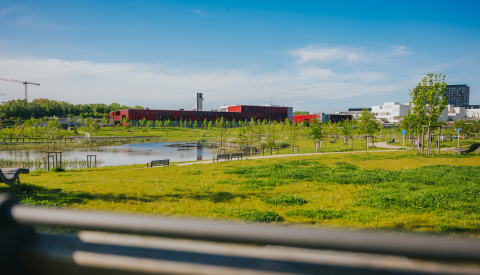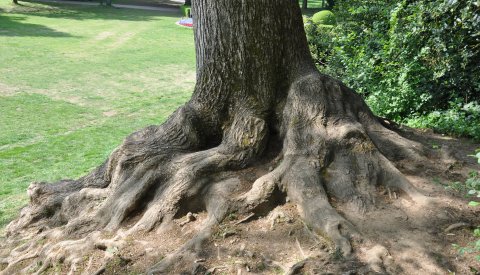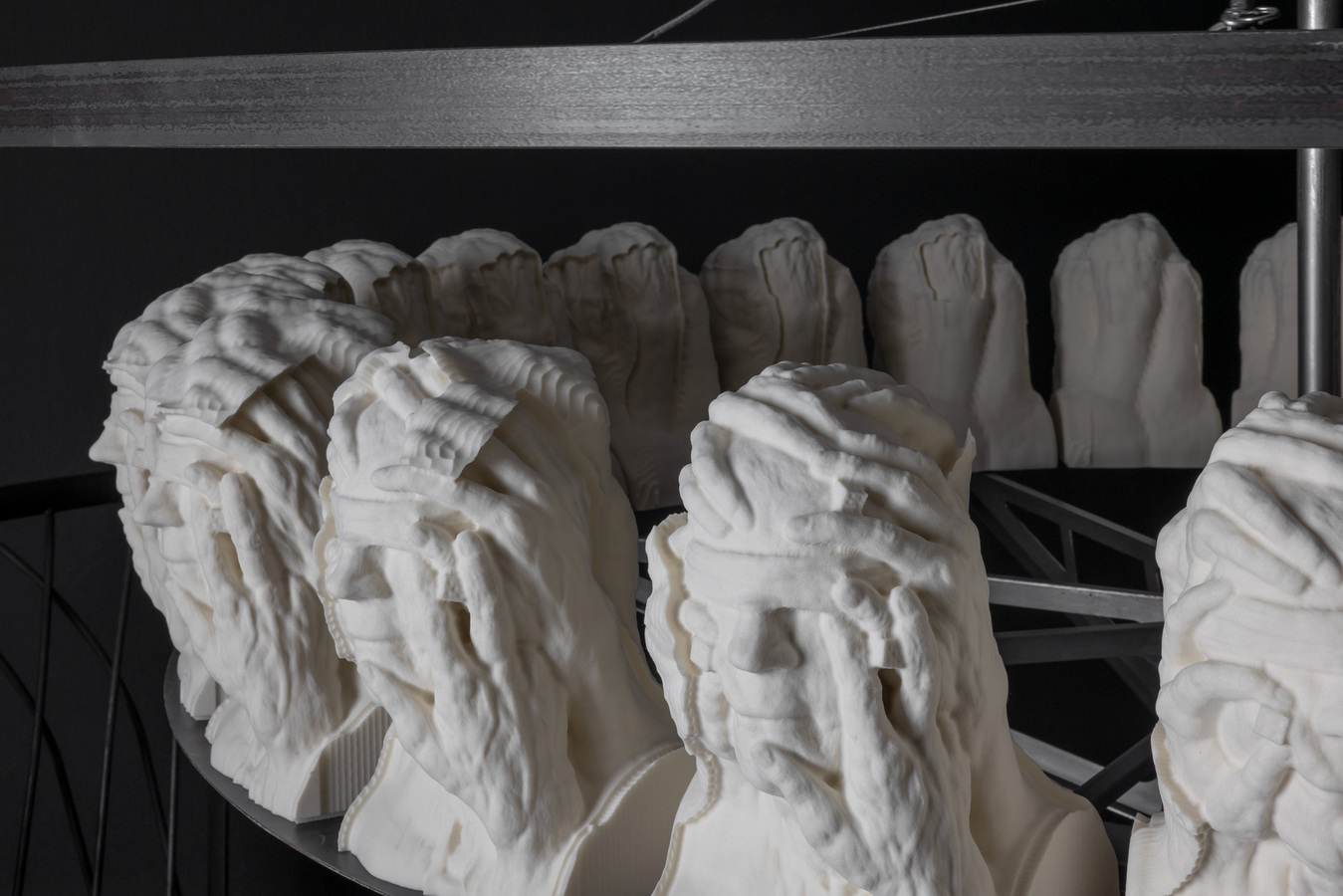Summary
Until the mid-18th century, parks were the private gardens of aristocrats and the wealthy. It was only with the advance of urbanisation that the concept of public parks became more widespread. In the mid-19th century, the city architect was given responsibility for looking after the city's parks, gardens and footpaths. In 1875, the City took over what is now the City Park, which was laid out by Edouard André on the site of the former fortifications. In 1939, the Parks and Cemeteries Department was established. It was renamed the Garden Department during the German occupation from 1940 to 1944. Our present-day Service Parcs has been operating as a department in its own right since 1961.
Service Parcs
The responsibilities of the Service Parcs include maintaining parks and green spaces, looking after trees, creating floral decorations, maintaining outdoor playgrounds and sports fields, supplying compost to the residents of Luxembourg City, training apprentice gardeners and florists, and setting up Christmas trees.
Trees in public places
Many photographers have enjoyed the trees in Luxembourg City's public squares over the years, capturing images that can now be viewed at the Luxembourg City Photothèque.
Place d'Armes
The Place d'Armes is located in the town centre, and is referred to locally as the "salon of the city". Magnificent trees such as the horse chestnut have adorned this square since as far back as the 1920s. At that time, these trees were already between 60 and 80 years old. New trees were planted from 1939 onwards. At the time, limes were chosen. It is no longer possible to tell what subspecies they are exactly, but they might well have been small-leaved limes3 as these are better adapted to the climate. Today, the Place d'Armes is home to sycamore trees, which are extremely robust, can withstand the heat and are easy to prune.
Photo gallery
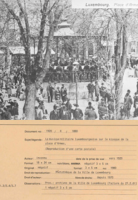
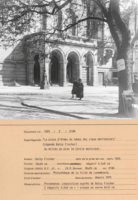
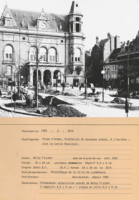
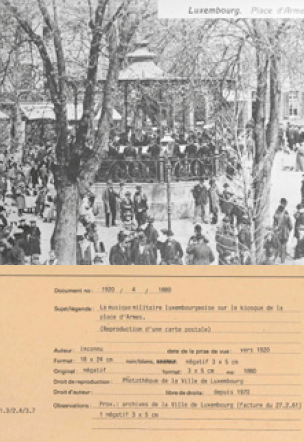
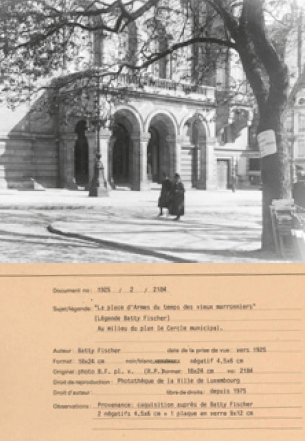
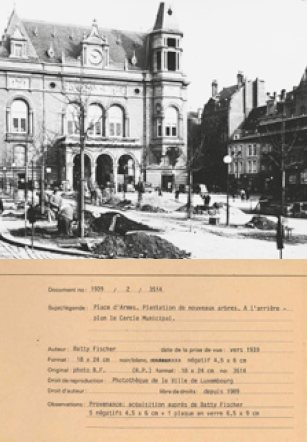
Place Guillaume II
Limes were also the tree of choice when planting the Place Guillaume II (nicknamed "Knuedler") in the 1920s. As the choice of species was more limited back then, the same reliable species tended to be planted over and over again.
Photo gallery
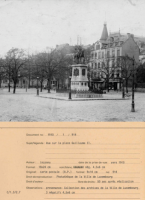
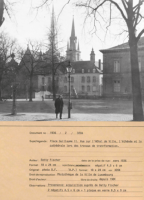
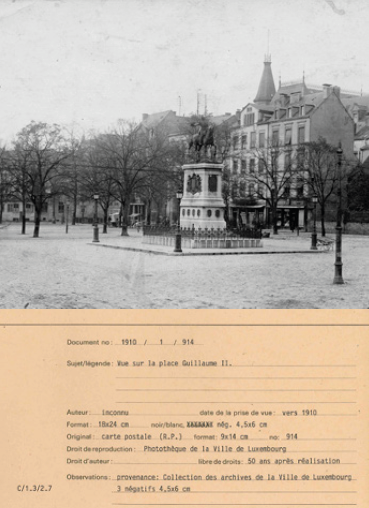
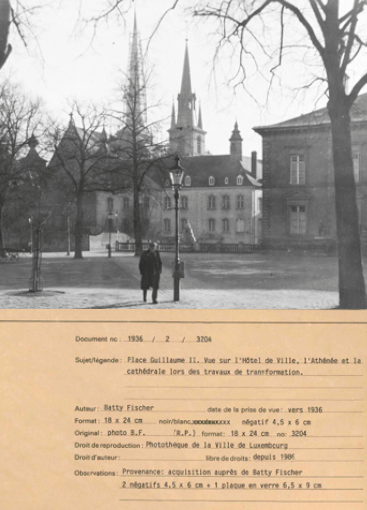
The City Park
The City Park was once much more densely planted, with considerably more trees and fewer footpaths. Over time, the park was adapted to the needs of the local population.
Photo gallery
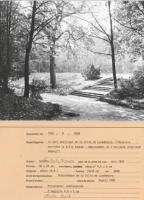

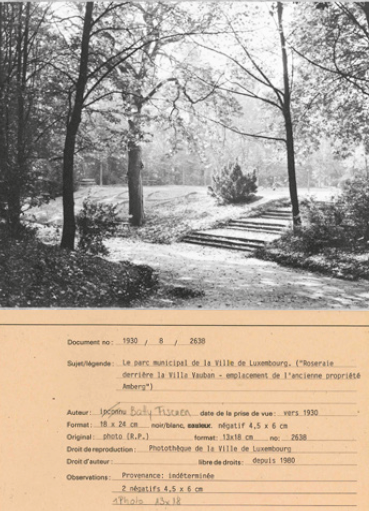
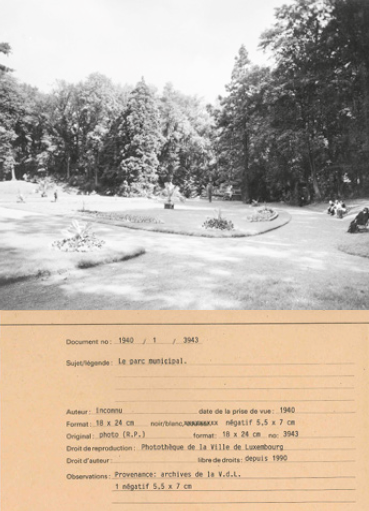
Tree register
On 22 April 1992, the company that was commissioned by the City's College of Aldermen to reorganise the municipal gardening department recommended creating an inventory of all of the city's green spaces, including the trees planted and maintained by the gardening department.
Up until 12 April 1990, tree data had either not been compiled at all or only recorded very inadequately; there were no records, neither in paper form in a card index nor on topographical maps, as in numerous other European cities and capitals since the 1970s.
However, even before this date, a decision had been made to create a tree register with all the data the Parks Department would require to manage all the trees under their custodianship, not least given the recognised need for such a register and also in response to an academic article published in a German journal.
In 2007, the City of Luxembourg also commissioned a company specialising in aerial photography to evaluate tree locations using new aerial photographs.
Thanks to this, it took just 24 months to create a nearly complete tree register, without the need for time-consuming terrestrial surveys.
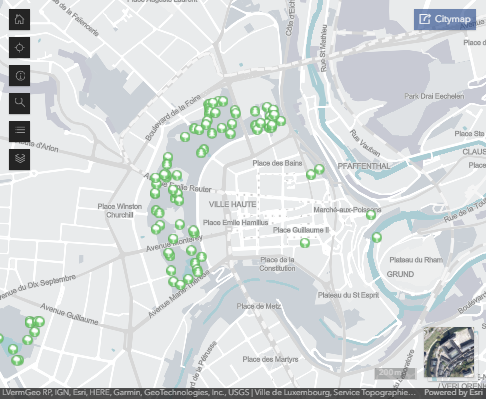
Link

